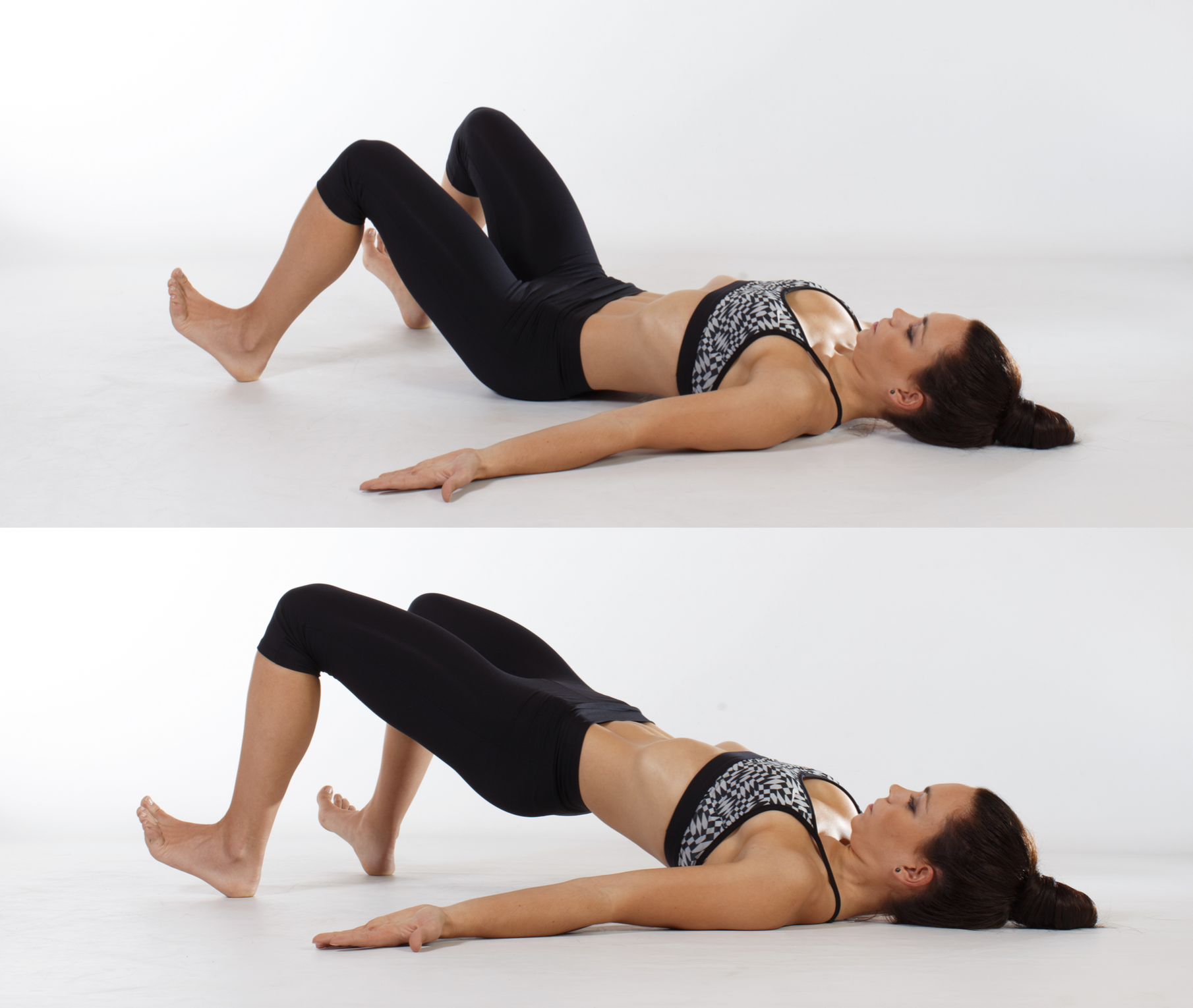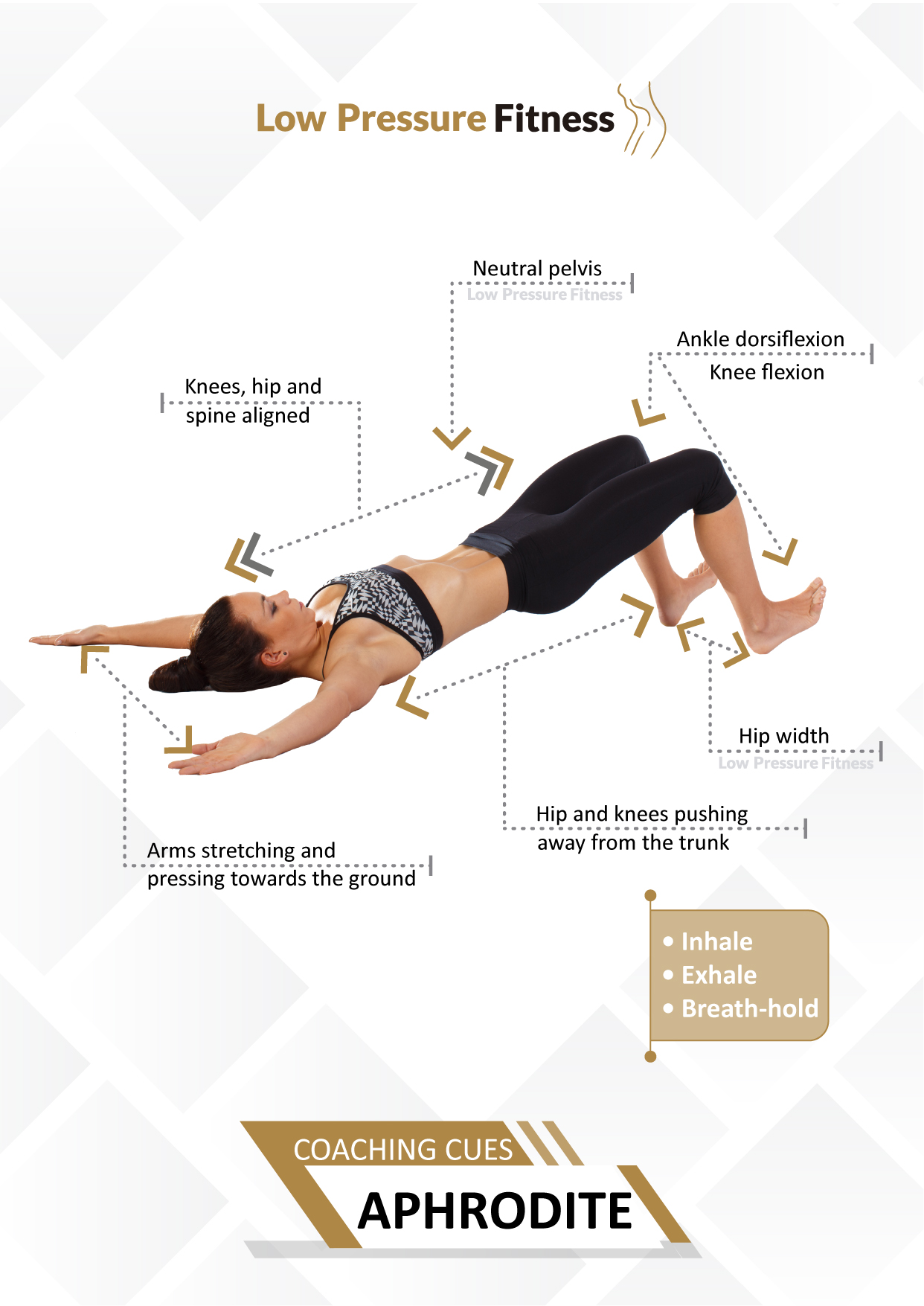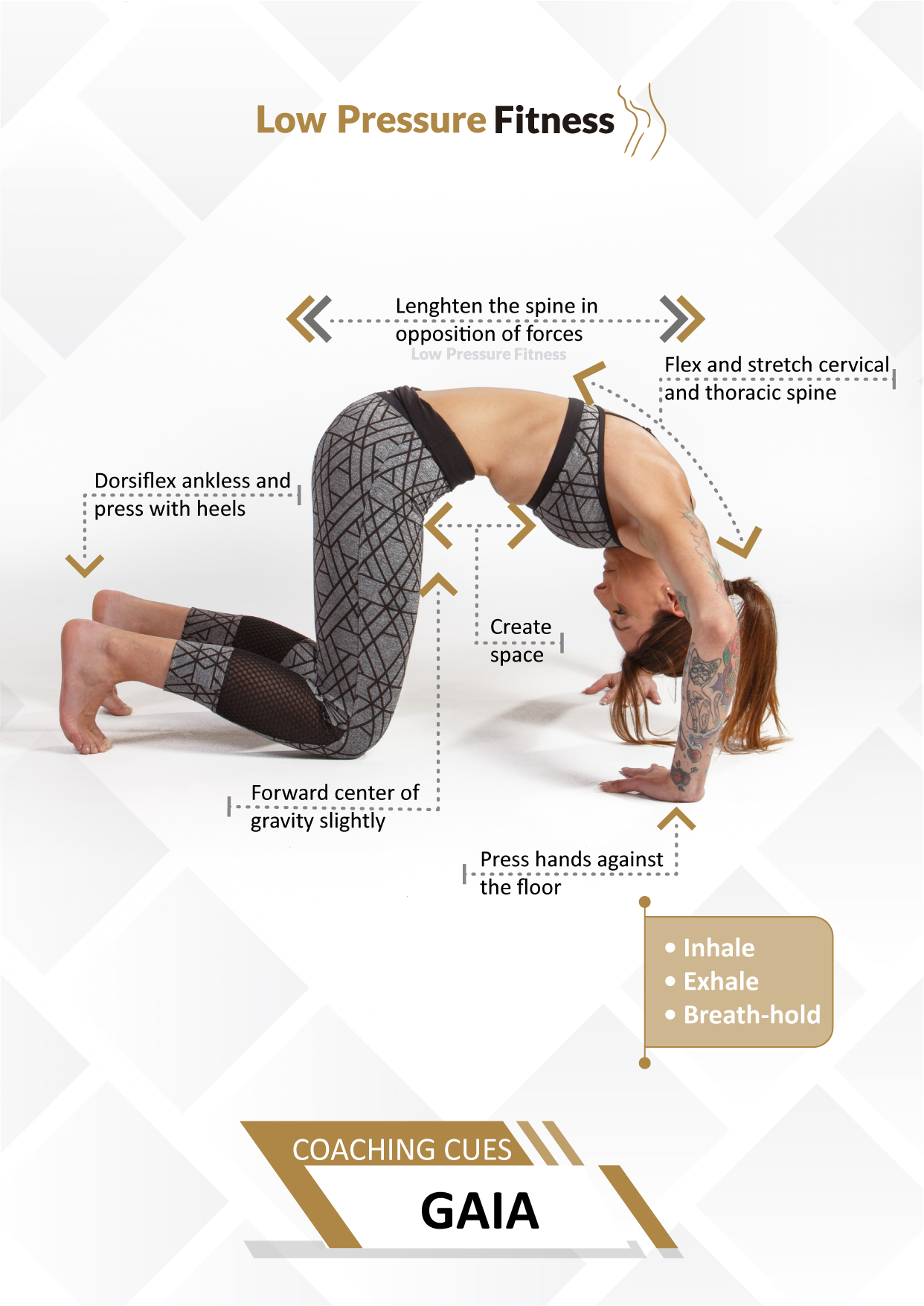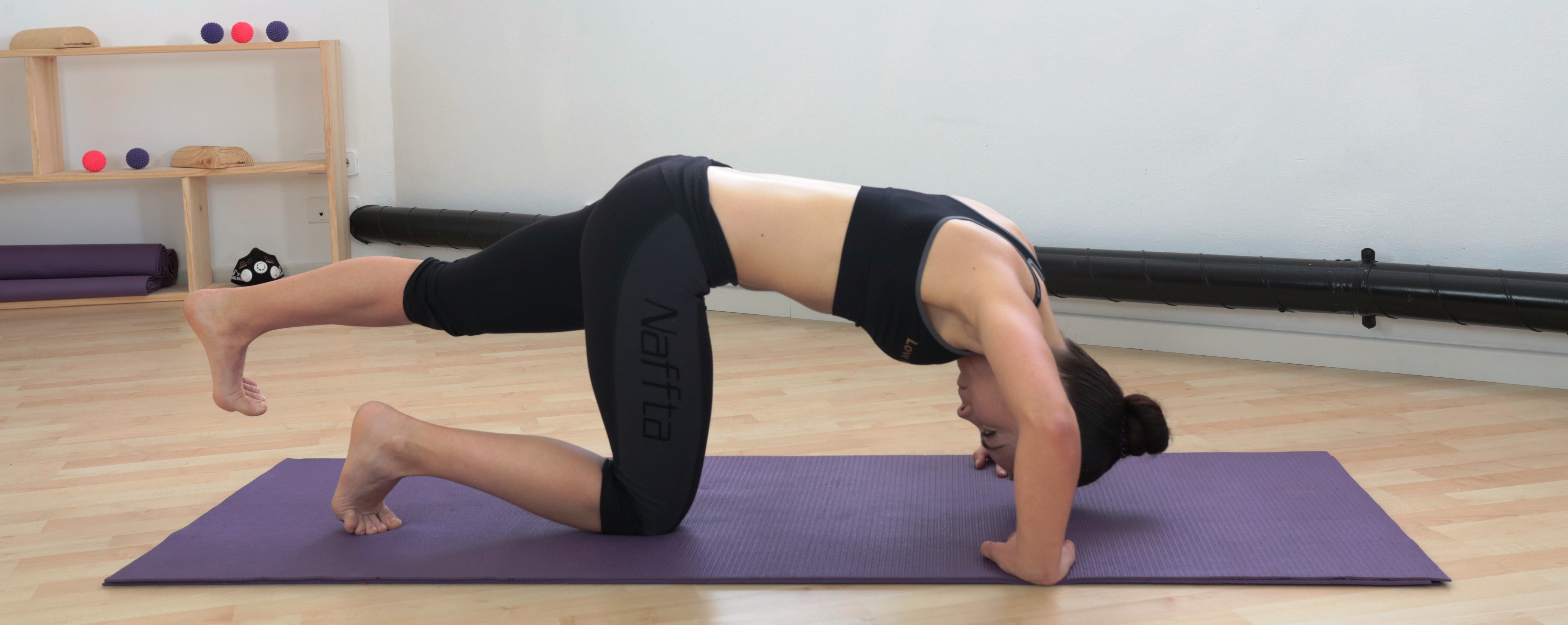Eight out of ten people suffer from lower back pain at some point in their lives. Back pain is one of the main causes of seeking medical advice, But, did you know that exercise is the therapy that has shown the most evidence in treating lower back pain?
There are a variety of exercises which can be grouped under the label of core stability or core training. Core stability training refers to the strengthening of the trunk muscles which help to stabilize the spine. These muscles, responsible for spine stabilization, are divided into two main groups: global and local stabilization muscles.
- The global and superficial stabilization system generates the major torques of movement involving the spinal erectors, the quadratus lumborum and the rectus abdominis muscles.
- The local and deep stabilization system is responsible for providing a rigid base for movement and posture. This system includes the pelvic floor, the multifidus and the transverse abdominal muscles.
Different studies on exercises for core stability training have shown positive results in the areas of prevention and of treatment of lower back pain. Today, these exercise techniques have become an essential part of all rehab programs carried out in gyms, sports centers, hospitals and clinical practices.
One of the principal goals of core training is to locate and maintain a neutral spine position across exercises which will favor muscle co-activation and central muscular stability within the natural physiological limits of each person. Progressive and regular core training will improve motor control and patterns of muscular recruitment. Core stabilization exercises designed to reduce lumbar back pain may also aim increase spinal strength and rigidity.
In the initial phase of core training the main goal is to activate the local and deep stabilization system. Attention is focused on activating the muscles while keeping the back in a neutral position which will help in keeping postural balance. The most suitable positions at this early stage are lying, sitting and on all-fours. Two of the best beginner exercises are the bridge and all-fours.
Low Pressure Fitness training system has adapted these basic core stability positions and their corresponding transitions from the most basic level to the most advanced, and given them the names of Aphrodite and Gaia.
Learn Aphrodite and Gaia
The key aspects of Aphrodite as Gaia are awareness of spinal elongation and the maintenance of spinal neutral position. In the learning phase of Aphrodite and Gaia, one of the most common mistakes is to perform a pelvic tilt as a reflex mechanism to protect your lumbar spine. That’s why it is essential to identify technical errors and to learn the exercises properly with a qualified LPF trainer.
APHRODITE
To perform Aphrodite in its basic level, lie down on your back with bent knees and ankles in dorsi-flexion. Stretch your arms with the palm facing upwards as shown in the picture. Your arms should be pressing slightly the floor and you should be trying to lengthen and stretch your arms by increasing the space between your chest and shoulders. From this position, lift your hips to draw a perfect straight line between your knees, pelvis and chest. You should hold this pose during three respiratory cycles. During the third exhalation, slowly bring your hips down and lower your back to the floor.

The next step in Aphrodite combines the upward pelvic movement with the breathing Low Pressure Fitness technique. After the third exhalation, hold your breath, slowly expand your ribcage, and open your chest while your hips rise slowly from the floor. Once you have your back, chest and knees in perfect alignment, breathe for three respiratory cycles. Lower your hips slowly during the third exhalation.

GAIA
Start off on an all-fours position as shown in the image. The ankles are in dorsi-flexion with your knees in line with your pelvis and your hands in line with your shoulders. For Low Pressure Fitness first level beginners, the first step should be to learn the correct spine alignment. Your spine should be perfectly aligned, parallel with the floor.

One of the challenges in this position is to keep the pelvis neutral and your neck in line with your back. For beginners, it is common to see hyperextension in the neck or pelvic tilt. Hold the position during three complete respiratory cycles, in which you will lengthen the spine by pushing your head in the opposite direction of the sacrum.

If you can hold the position successfully for several repetitions you are ready to move on to the next level of Gaia which includes the specific breathing pattern from the Low Pressure Fitness program.
It is always advisable to consult with a specialist before starting any exercise program for lower back pain on your own. Qualified health and exercise professionals are your best guarantee of guidance. You can find a list of all our certified Low Pressure Fitness trainers in our online directory.
Author:
Tamara Rial, PhD
